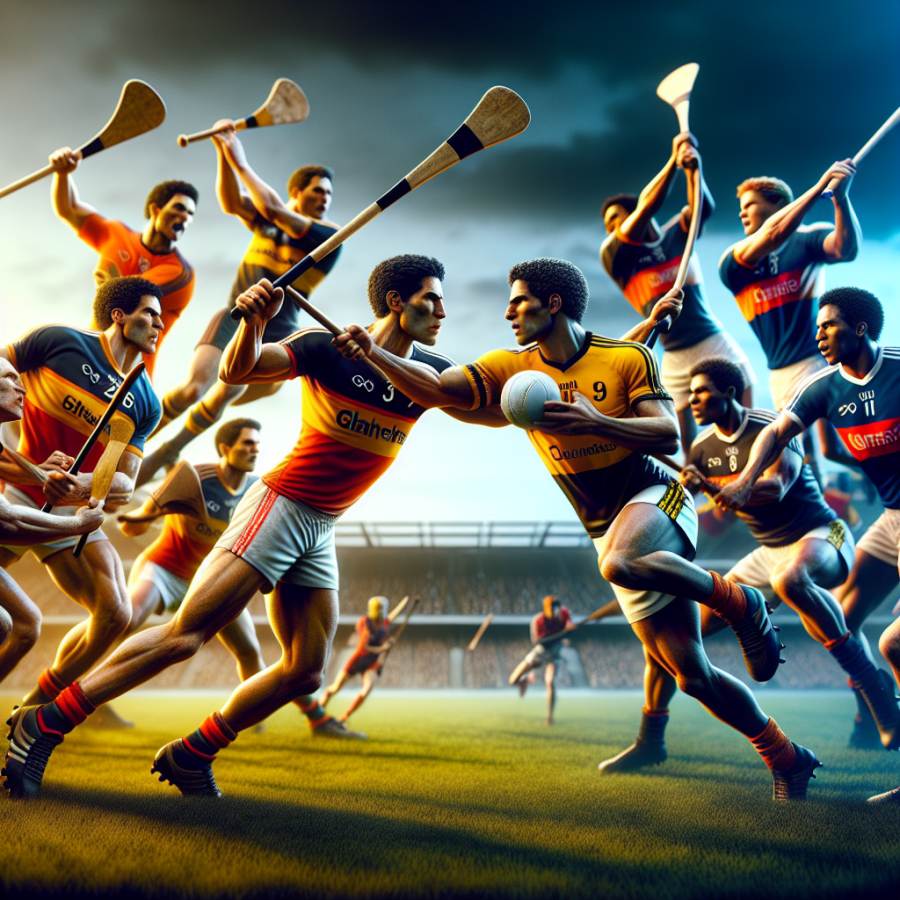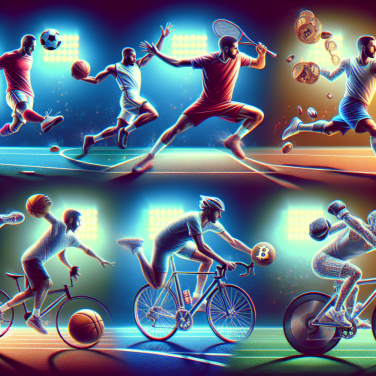Exploring the Rich Traditions and History of Hurling
Hurling, an ancient Gaelic sport, boasts a rich tapestry that weaves together centuries of Irish culture, tradition, and history. Its origins are steeped in myth and legend, often linked to the Irish warrior tales and gods, who, as the sagas narrate, displayed their prowess by engaging in this fast-paced field game. Historical accounts trace hurling back over 3,000 years, with the earliest references appearing in Brehon law, which highlight its social significance in ancient Ireland.
The sport serves as a living history lesson, with the ancient ritualistic aspects still resonant in its modern incarnation. Each county's passionate allegiance to their hurling teams reflects the tight-knit communities of yore, where local heroes were forged on the hurling fields, their stories becoming interwoven in the local folklore. These tales of athletic might and community pride have been passed down through generations, making hurling not just a sport but a vital narrative thread in the tapestry of Irish heritage.
Similarly, hurling had a pronounced role in educational settings. In the 1800s, the sport experienced a revival partially due to the establishment of the Gaelic Athletic Association (GAA) in 1884, whose primary aim was to restore native Irish sports to a central position in Irish life. The GAA promoted hurling as a means to encourage physical education and instill a sense of national pride, ensuring that the sport's techniques and artistry were taught in schools and colleges.
The sport also acted as a conduit for political expression and cultural identity, especially during periods of British rule when Irish traditions were repressed. Hurling matches became clandestine gatherings for nationalists, often concluded with politically charged speeches, which made the sport synonymous with the struggle for Irish freedom. The GAA imposed a ban (Rule 21) on members of the British security forces playing Gaelic games, indicating the deep entwinement of hurling with national identity; the ban was eventually lifted in 2001 as part of the peace process.
The equipment used in hurling similarly tells its own historical narrative. The hurley or "camán," traditionally made from ash wood, is a symbol recognized across Ireland. The craftsmanship involved in fashioning a hurley from ash, considered the most resilient wood for the purpose, harks back to the days when such skills were critical to everyday life.
Read also:
Mastering the Skewb: A Twist on Traditional Puzzles
Diving into the Dynamic and Physical Game of Shinty
Shinty is a team sport that is deeply woven into the cultural fabric of the Scottish Highlands. Often compared to its Irish cousin, hurling, shinty is a fast-paced, physical game that demands a high level of skill, strength, and endurance from its players.
Shinty's roots can be traced back to the ancient Scots and Gaels, who played a variety of ball games. The sport as we know it today has been codified for well over a century, but its historical legacy stretches back much further, permeating Scottish folklore and tradition.
The game is played with a stick known as a caman, which is crafted from hickory or ash wood and used to strike a small, leather ball. The objective is to propel the ball over the opposing team's crossbar for a goal or under it for a lesser scoring point called a "shinty." Shinty pitches are typically large—comparable in size to a soccer field—which allows for a dynamic and vigorous game.
In shinty, the teams consist of twelve players, including a goalkeeper. The players are tasked with maneuvering the ball through teamwork and dexterity. Unlike in hurling, where players can catch the ball, in shinty, handling the ball is strictly limited, and this unique aspect adds to the challenge and distinctiveness of the sport.
Physicality is a key component of shinty. Body contact is permitted, though there are strict rules governing tackling, making it a physically demanding sport that requires not only skill with the caman but also resilience and strategy. The gameplay is intense and often features aerial battles for possession, requiring players to showcase impressive hand-eye coordination and reflexes.
Because of its historical and cultural significance, shinty is more than just a sport—it is a celebration of community and heritage. Matches are often accompanied by local events, and the passionate support of the fans underscores the sport's importance in Scottish culture. The Camanachd Association, the sport's governing body, continues to preserve shinty's rich traditions while promoting the sport both domestically and internationally.
In training and preparation for competition, shinty players engage in rigorous physical conditioning. Agility drills, strength training, and endurance exercises are crucial for peak performance. Players must be able to sprint, change direction quickly, and maintain their intensity throughout the full duration of play, often under adverse weather conditions characteristic of the Highlands.




